Below is a viewpoint from the Foresight Africa 2023 report, which explores top priorities for the region in the coming year. Read the full chapter on economic recovery and growth.
The year 2022 witnessed unprecedented phenomena. Several Africans—Gotytom Gebreslase, Sharon Lokedi, Victor Kiplangat, Tamarit Tola, and many others—swept the World’s marathons records. However, the COVID-19 pandemic, and the resulting control measures implemented in several countries, led to many high-level sports competitions being cancelled or postponed; for example, the Dakar 2022 Youth Olympic Games was moved to 2026. The inability to hold traditional and amateur sports events have had a serious effect on public health overall, including mental health, sparking a revolution whereby athletes began to talk more openly about stress, mental overload, and performance anxiety.
In addition, Africa, home to the fastest growing economies before the crisis, is no longer on track to meet the Sustainable Development Goals (SDGs). COVID-19 deepened interdependence between SDGs, making them harder to achieve, especially SDG 10 (reducing inequality) and SDG 5 (gender equality)—as the pandemic had a disproportionate impact on poorer countries, and heavier burdens (such as care work) fell to women.
As policymakers contemplate actions to speed up recovery and build resilience, we argue that sports and creative businesses should play a central feature in this effort.
The sports economy worldwide is estimated at 5 percent of GDP, but only 0.5 percent in Africa. If exploited, Africa’s sports and creative industries can offer policymakers innovative solutions. Especially, as regards job creation, and providing employment to the 15 million people entering the job market annually.
The sports economy worldwide is estimated at 5 percent of GDP, but only 0.5 percent in Africa. If exploited, Africa’s sports and creative industries can offer policymakers innovative solutions.
How can the industry do this?
By leveraging the two-for-one concept: Past studies have shown that a 1 percent growth in the economy delivers a 2 percent job increment in this sector (these ratios are calculated using data from 48 African countries and adjusted to the reality of the sports economy in Africa by the authors).3 There are between 30 and 50 job types, in sports and creative industries, respectively. These jobs do not fade away with the first major shock.
Second, policymakers can use these industries to tackle multiple crises—jobs, poverty, and climate risks. Sports diplomacy—defined as communication, representation, and negotiation in or through the prism of sports—has proven effective in building inclusive and cohesive societies. Moreover, sports and the creative industry can support better mental health and well-being, both important for productivity.
Finally, policymakers can be “true to the game” by leveraging culture and traditions to celebrate identity and reap commercial value in sports, textiles, and jewelry. Creative sectors allow deeper connection with culture, are not easily copied, and provide great economic potential. Supporting grassroots sports (versus elite or pro-sports) has powerful distributional effects. Fortunately, technology has made reaching wide audiences easier, generating higher rates of success when talent is discovered.
However, potential pitfalls must be highlighted. First, avoid “build it and they will come” policies with infrastructures denuded from the rest of the ecosystem. Like the many sports stadiums left largely unused. Second, policymakers must remain mindful of how these sectors move the needle in human capital development. Also, align the requisite public policies needed for progress from grassroots participation to professional sports, and even to international sporting events. And finally, support investment instruments to render these sectors performant.
The Brookings Institution is committed to quality, independence, and impact.
We are supported by a diverse array of funders. In line with our values and policies, each Brookings publication represents the sole views of its author(s).

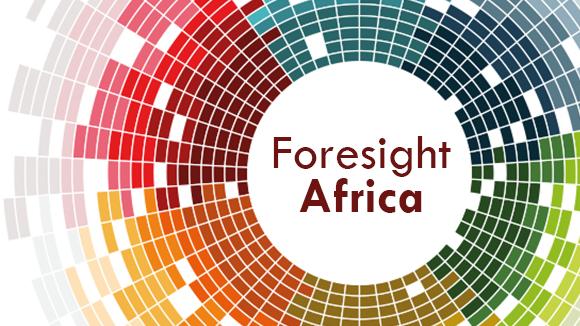


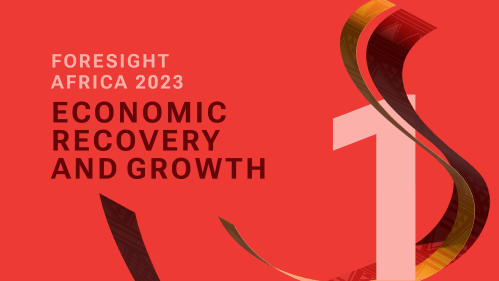
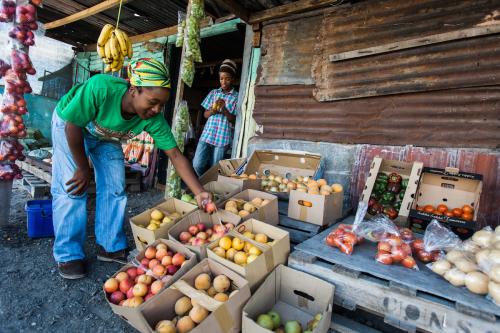
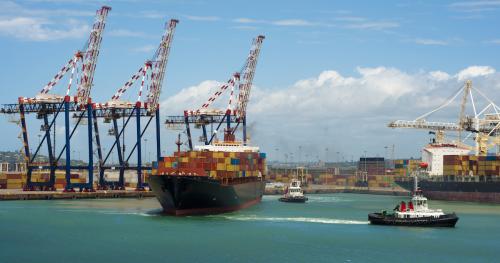
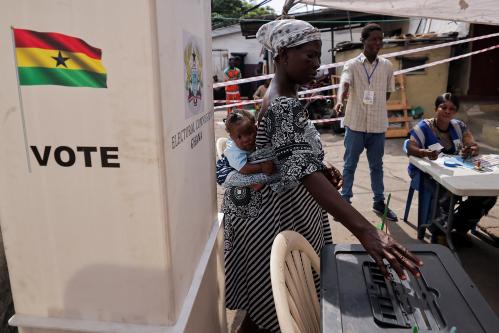
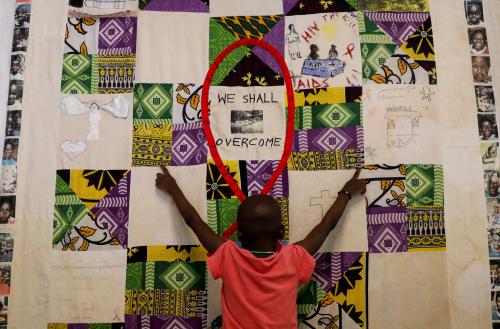
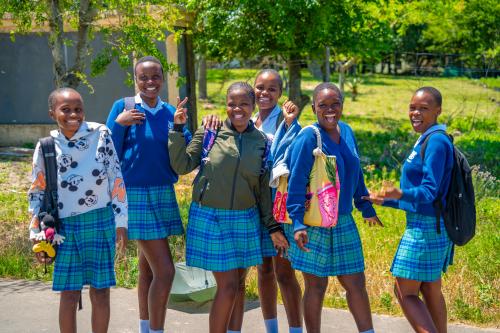
Commentary
In search of new ideas for Africa’s recovery: Sports and creative industries as game changers?
August 4, 2023